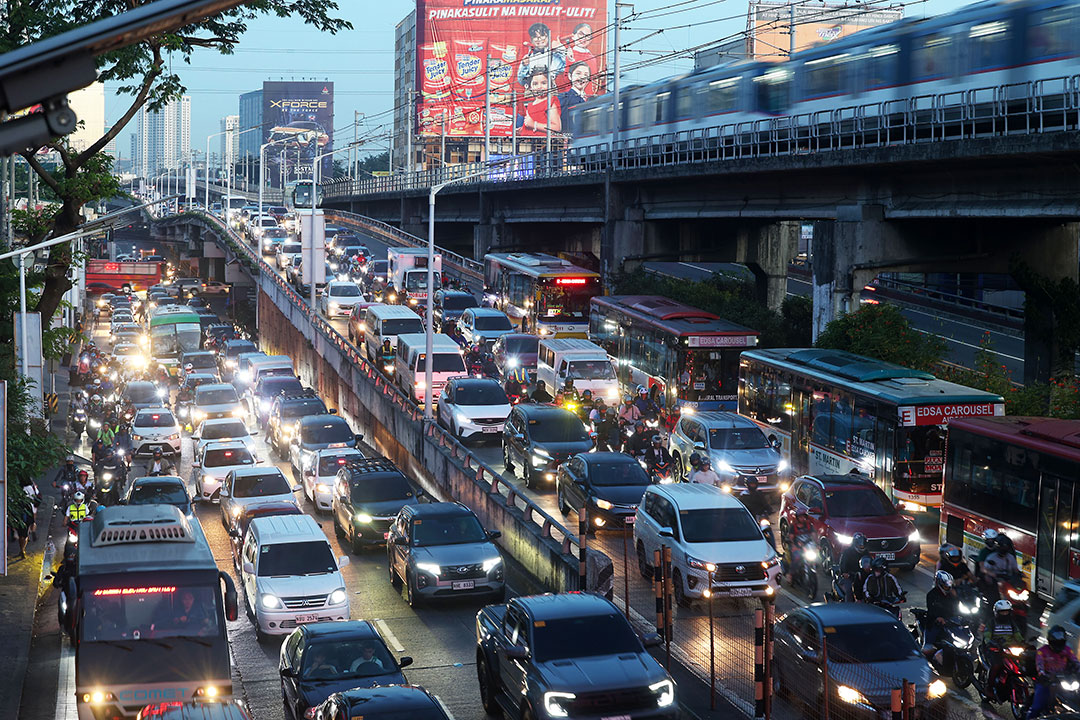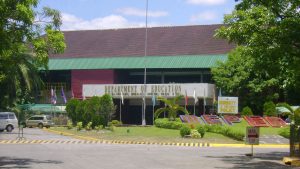
Fixing EDSA

Infrastructure intended to mobilize the nation instead regularly paralyzes it — and not just occasionally. That is EDSA, which unfortunately tarnishes the legacy of Malabon-born Epifanio de los Santos y Cristobal. Don Panyong, as he was known, was a distinguished historian, journalist, lawyer, civil servant, member of the Malolos Congress, and governor of Nueva Ecija from 1902 to 1906.
During the American colonial period, he served as a district attorney in Nueva Ecija, and later as fiscal for Bulacan and Bataan. In 1918, the colonial government appointed him assistant technical director of the Philippine Census, and in 1925, he became Director of the Philippine Library and Museum — a position he held until his death in 1928.
In the 1930s, under the American-era Metropolitan Thoroughfare Plan, the colonial government conceived a bypass route to connect Manila’s outskirts without passing through its urban core. It envisioned a circumferential road that would encircle the capital rather than dissect it.
But road construction was halted by World War II and resumed only in the late 1940s. By 1949, what was then called Highway 54 fully opened, running from the cities of Caloocan to Pasay. In 1959, through a resolution by the Philippine Historical Committee, Highway 54 became Epifanio de los Santos Avenue — now commonly known as EDSA.
Today, EDSA is over 75 years old. Though it remains a vital transportation artery, it has become a severely congested route that induces daily “heart attacks” on the metropolis. Decades of temporary fixes — flyovers, number-coding schemes, and assorted traffic experiments — have turned it into a chaotic combination of concrete, steel, and confusion.
Earlier this year, the government announced plans to rehabilitate EDSA at an initial cost of P8.7 billion. The scope includes concrete replacement, drainage, and sidewalk improvements, and rehabilitation of the Guadalupe Bridge crossing the Pasig River. The initial phase was set to cover southbound lanes from Guadalupe in Makati to Pasay City.
President Ferdinand “Bongbong” Marcos, Jr., however, put the rehabilitation plan on hold, citing the need for better preparation to prevent major disruptions and gridlock over the next two years. His decision received both praise and criticism, though it appears politically calculated.
If memory serves, the previous administration conceptualized the EDSA rehabilitation project. It carried over into the current administration, and was originally scheduled to begin in March 2025. Authorities postponed it several times — from March to April, then to May, and eventually to June — after the national and local elections.
Earlier this year, the President could have ordered thorough preparations immediately upon the project’s announcement. Instead, he waited until June 1, just two weeks before the planned start, to postpone the rehabilitation — a decision appearing populist in nature.
The decision came shortly after elections in which his senatorial slate performed poorly. Presidential advisers might believe that initiating EDSA’s rehabilitation now could harm the administration politically. Given the election outcome and the subsequent Cabinet overhaul, timing may indeed be critical.
Nevertheless, starting EDSA’s rehabilitation within the year is not entirely off the table. The President ordered a postponement — not outright cancellation — to explore new technologies and methodologies to minimize public inconvenience. Engaging experts and involving the public in the planning process can build a supportive coalition.
Perhaps the President is simply buying time to better market the initiative. Structurally, EDSA is reportedly failing and urgently needs comprehensive physical rehabilitation rather than mere cosmetic improvements. At over 75 years old, EDSA requires extensive repairs. In my view, it is wiser to start sooner rather than later.
One significant debate involves the government’s insistence on full concrete repaving rather than simpler asphalt overlays. While I defer to construction experts on technical matters, concrete pavements inevitably have a lifespan. Possibly, EDSA’s pavement lifespan has reached its endpoint.
Another debate addresses whether drainage improvements can be effectively made without repaving. Again, while this is a technical matter best left to experts, it is clear that correcting slopes, grades, and sunken areas could prove challenging without substantial repaving. Asphalt overlays alone likely cannot adequately correct road geometry and drainage issues.
Regarding the Guadalupe Bridge rehabilitation, online sources indicate that authorities demolished and replaced the northbound span between 2019 and 2020, creating a wider, earthquake-resilient structure. However, the southbound span underwent only retrofitting — not replacement — due to traffic management constraints. Thus, rehabilitation work on the southbound span has already been significantly delayed.
The political reality of infrastructure projects is that large-scale, disruptive initiatives rarely occur mid-term unless political gains clearly outweigh potential public backlash. The same applies to contentious tax policies or burdensome legislation. Politically, these initiatives are highly sensitive.
The current administration faces a crucial period regarding both political continuity beyond 2028 and its historical legacy. Numerous significant infrastructure projects inherited from previous administrations remain incomplete and require years to finish. Given existing public dissatisfaction over inflation and transportation issues, initiating EDSA rehabilitation now may erode rather than bolster political capital.
Starting EDSA’s rehabilitation immediately would likely cause at least two years of intensified traffic congestion, frustration among business owners, and persistent social media complaints from the public. The project’s benefits may only become evident after 2028, jeopardizing the administration’s political continuity and legacy.
Practical alternatives include scheduling roadwork exclusively at night or on weekends, adding more trains and buses, incentivizing businesses along EDSA to adopt flexible hours and work-from-home arrangements, and offering toll-free access to portions of the Skyway and NLEX Connector.
In this context, EDSA’s rehabilitation need not face indefinite delays. However, the government must demonstrate its capability to manage such an extensive project with minimal public inconvenience. Segmenting the project into phases or prioritizing essential repairs first is another viable approach.
Alternatively, the administration could prepare thoroughly now and hand off implementation to the succeeding government, ensuring buy-in and setting a clear blueprint in advance. This approach could help mitigate adverse political impacts, preserving political continuity and legacy.
Delaying the project clearly comes at significant costs. We have already endured considerable economic losses from traffic congestion and inefficient transportation. The government should soon make the difficult decision when to get EDSA fixed, even if this means sacrificing short-term political comfort to prevent greater long-term public suffering.
Marvin Tort is a former managing editor of BusinessWorld, and a former chairman of the Philippine Press Council



